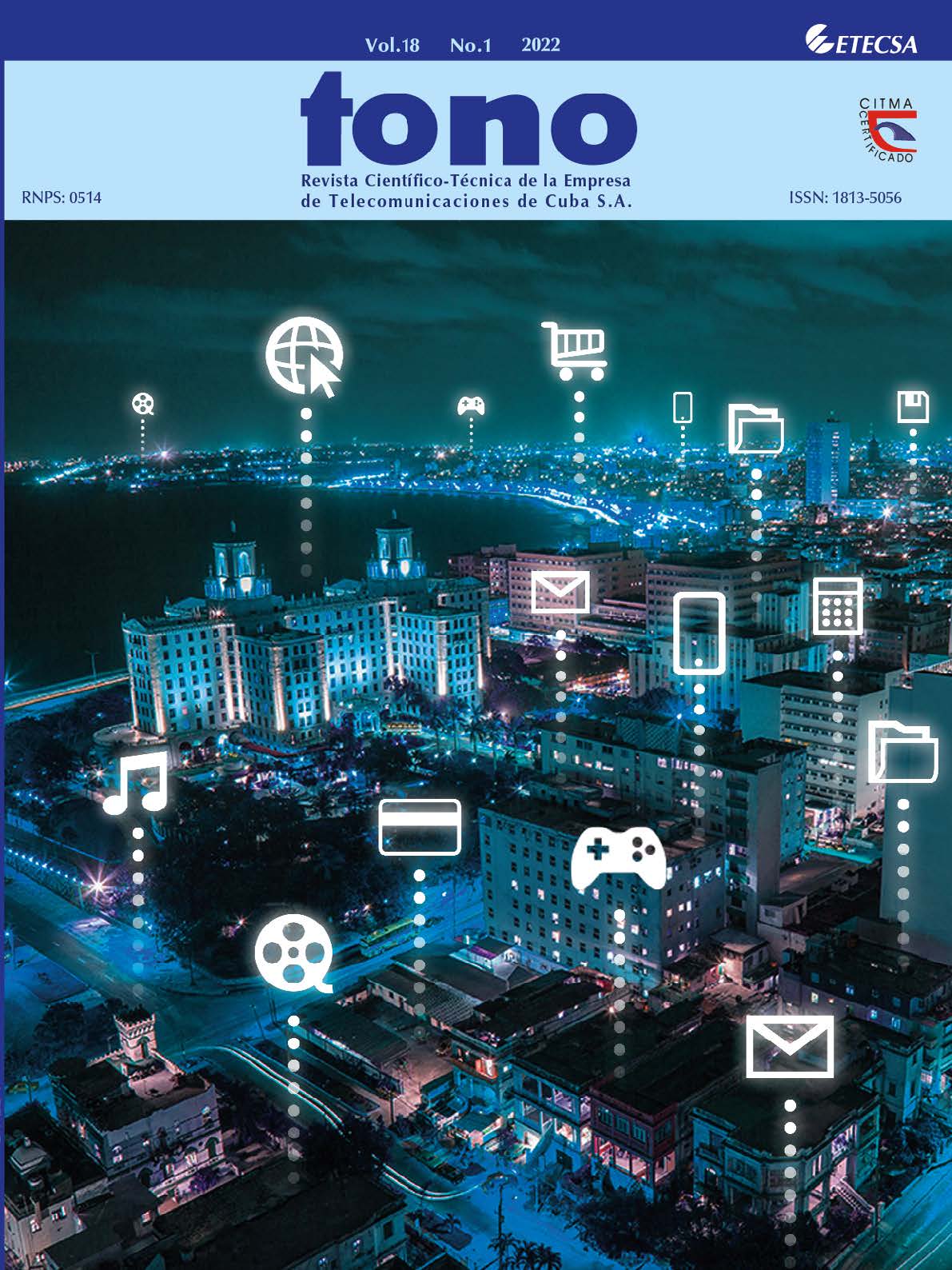Analysis of the FOGFLOW platform and its integration with FIWARE in IoT environments
Keywords:
Fog/ Edge Computing, Cloud-Computing, Internet of Things or IoT, FIWARE, NGSI (Next Generation Software Interface), FogFlowAbstract
Currently, smart city solution providers face a complex and costly situation that grows exponentially, when managing their geographically distributed infrastructures and supporting the different IoT services offered, especially those that require low latency. FogFlow is a distributed execution framework that dynamically assembles the different IoT services in the cloud and the edges (Edge) in order to reduce bandwidth consumption and be able to offer low latency, offering an optimized quality of service (QoS). Edge-Computing is a computing model that makes the data analysis and processing capacities be focused on and located where the data is generated. Fog Computing extends this concept by locating the processing capacity close to the local network where the data flow is sent to fog nodes or devices such as routers or IoT gateways that process and route the traffic to where it is needed. For a correct analysis, it is necessary to use a framework to simulate this computing scenario in real contexts. This framework will be provided in this article as well as its operation, architecture and processing and implementation potentialities, including also its integration with FiWARE.

